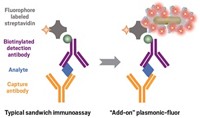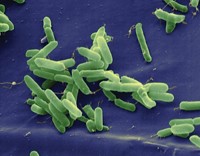Advertisement
Grab your lab coat. Let's get started
Welcome!
Welcome!
Create an account below to get 6 C&EN articles per month, receive newsletters and more - all free.
It seems this is your first time logging in online. Please enter the following information to continue.
As an ACS member you automatically get access to this site. All we need is few more details to create your reading experience.
Not you? Sign in with a different account.
Not you? Sign in with a different account.
ERROR 1
ERROR 1
ERROR 2
ERROR 2
ERROR 2
ERROR 2
ERROR 2
Password and Confirm password must match.
If you have an ACS member number, please enter it here so we can link this account to your membership. (optional)
ERROR 2
ACS values your privacy. By submitting your information, you are gaining access to C&EN and subscribing to our weekly newsletter. We use the information you provide to make your reading experience better, and we will never sell your data to third party members.
Biological Chemistry
Nanoparticle-Based Method Rapidly Detects Fungal Blood Infection
Using magnetic resonance, technique spots life-threatening Candida fungi in less than three hours
by Lauren K. Wolf
April 29, 2013
| A version of this story appeared in
Volume 91, Issue 17
When Candida fungi get into a person’s bloodstream, typically during a hospital stay, the resulting infection, called candidemia, is deadly 40% of the time. Diagnosing the infection, which affects 1 out of 10,000 people in the U.S., can take up to five days, delaying treatment. A team of researchers has now developed a nanoparticle-based technique that detects Candida in blood samples in less than three hours (Sci. Transl. Med., DOI: 10.1126/scitranslmed.3005377). Key to the method’s success are magnetic iron oxide nanoparticles coated in Candida DNA fragments and a benchtop magnetic resonance detector, says team leader Thomas J. Lowery of T2 Biosystems, in Lexington, Mass. If fungi are present in a blood sample, their DNA will bind to the nanoparticles. The particles then cluster, which is noted by the magnetic resonance detector. With their protocol, the researchers can find as few as one Candida cell in a milliliter of sample. The scientists hope to conduct a clinical trial soon and have a test kit (shown) on the market next year.




Join the conversation
Contact the reporter
Submit a Letter to the Editor for publication
Engage with us on Twitter